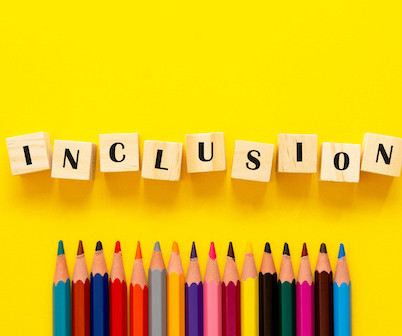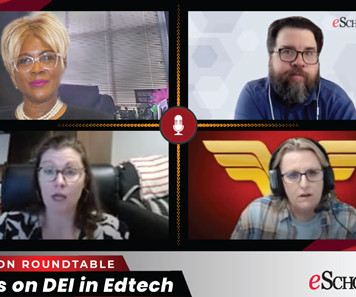How to work for equity of access in classrooms
eSchool News
DECEMBER 14, 2023
Here are five key strategies to ensure equity of access: 1. Digital inclusion and accessibility: Embrace digital tools while ensuring they are accessible to all students, regardless of socioeconomic background or ability. This ensures that technology is a tool for equity, not a barrier.
























Let's personalize your content